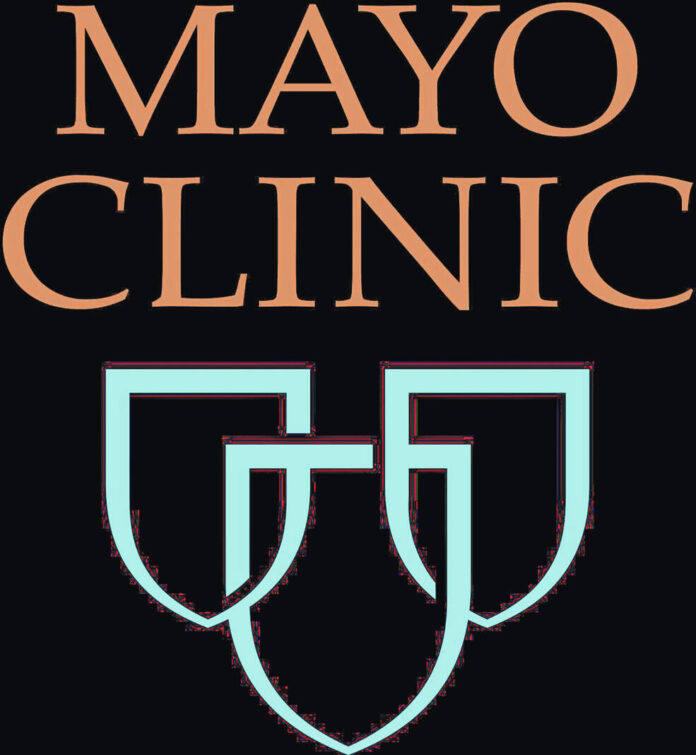Cardiogenic shock is a condition where the heart is too weak to pump blood and oxygen to the brain and organs. Fatal if not treated immediately, the condition affects approximately 50,000 people in the U.S.
Dr. Parag Patel, a Mayo Clinic cardiologist, explains what cardiogenic shock is and how it’s treated.
A heart that’s been stunned from a severe heart attack, inflammation known as myocarditis or heart failure may experience cardiogenic shock.
“The heart becomes weaker and weaker. The pumping chamber becomes weaker and weaker, and it gets to the point where the heart is no longer able to pump blood through the body,” says Dr. Patel.
A drop in blood pressure, rapid breathing and loss of consciousness may signal the condition, which is fatal in more than half of all cases. Many who have experienced cardiogenic shock require a device to pump blood through their body.
“A device is placed in the groin or the shoulder area, and it basically pulls blood out of the ventricle and pushes it out through the aorta,” says Dr. Patel.
If the heart is too damaged, a transplant may be considered. In other cases, medications can slowly strengthen the heart.
“Over the course of days, we’re able to decrease the support and take those pumps out of the patient and have the heart recover with medical therapy,” says Dr. Patel.







